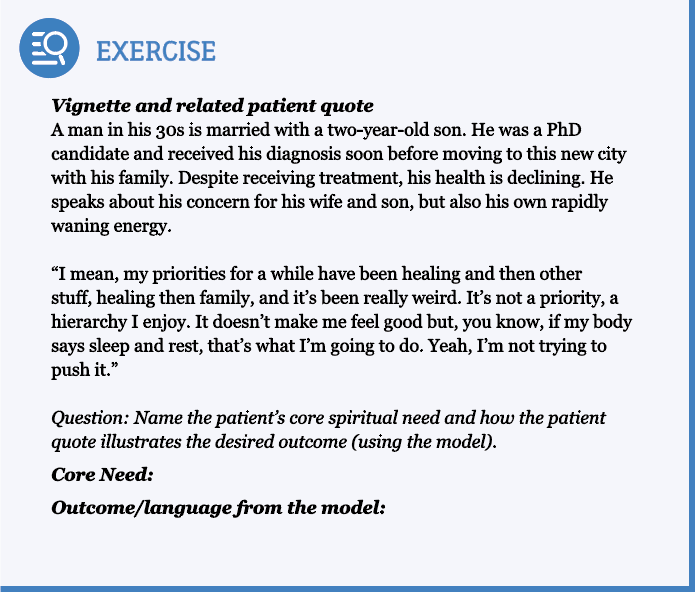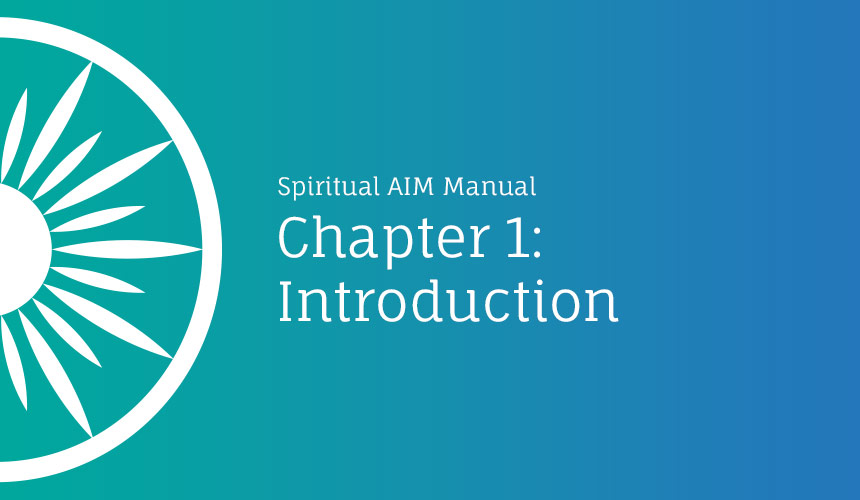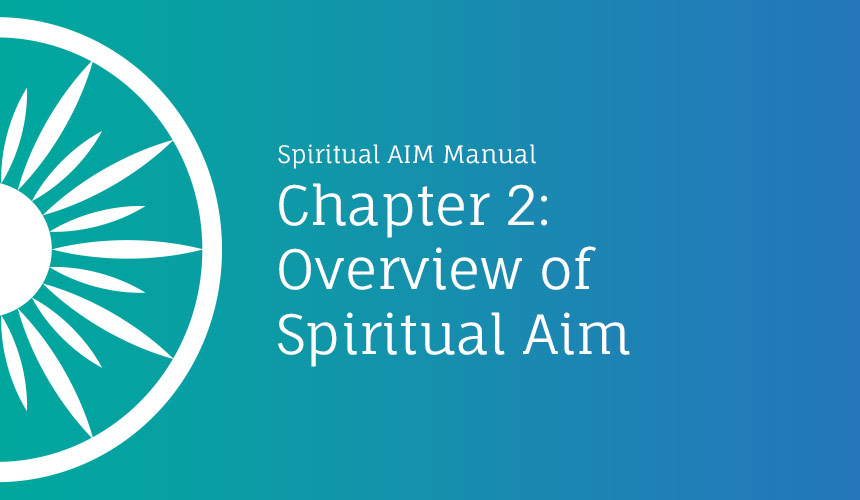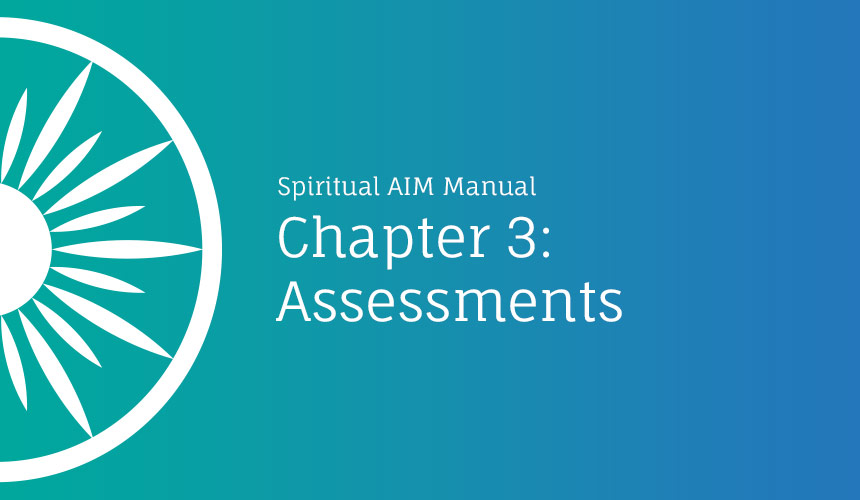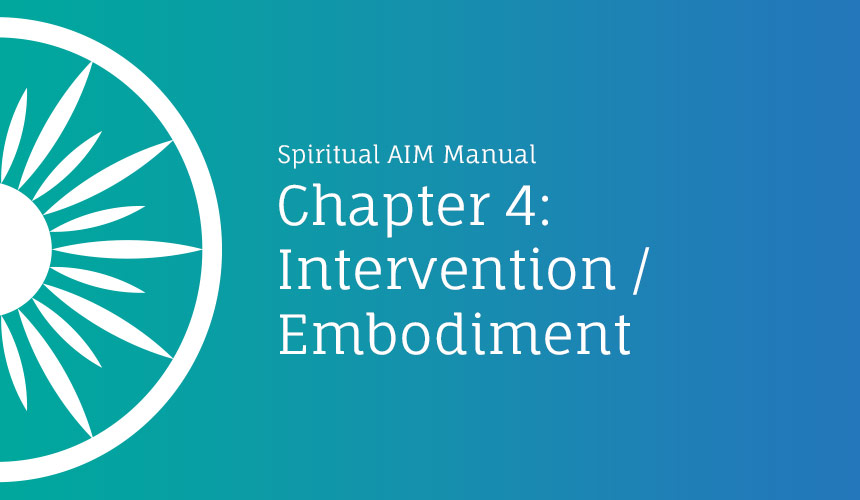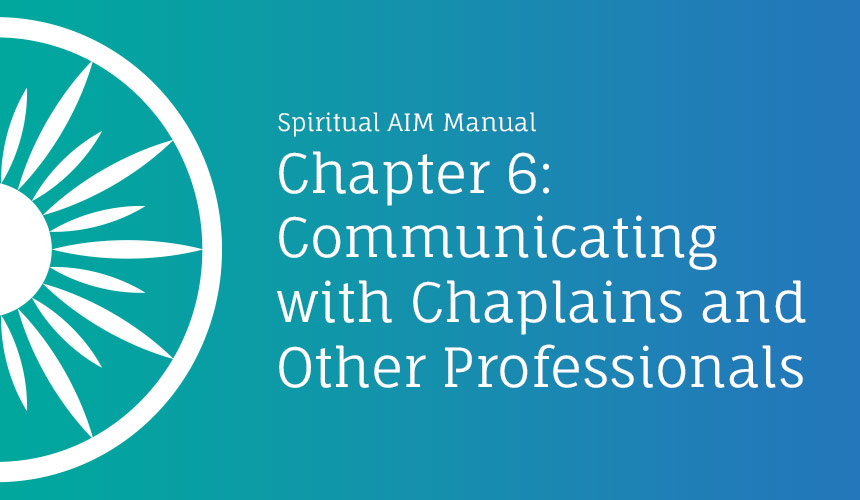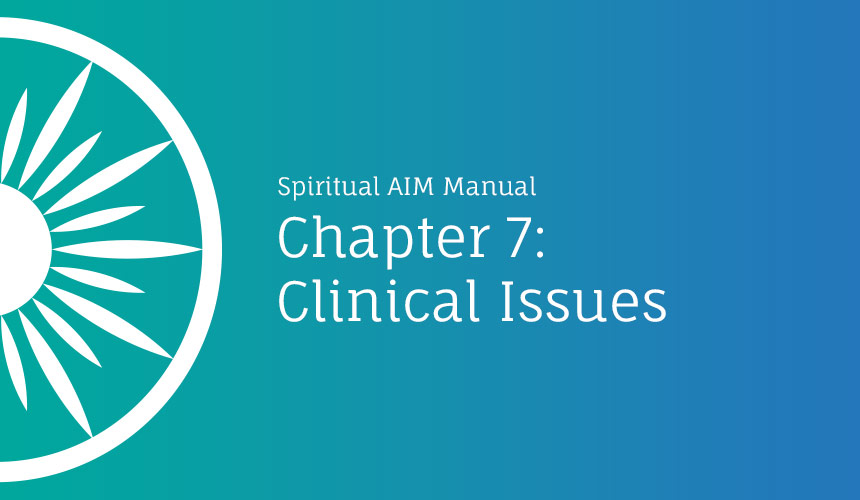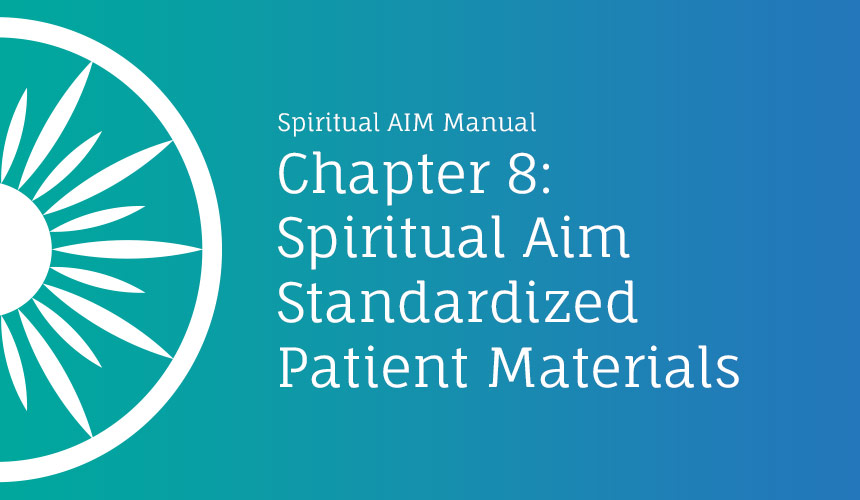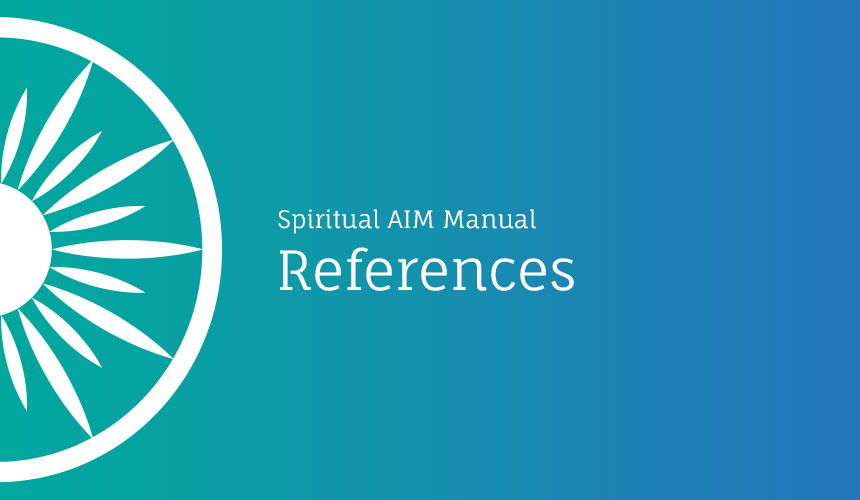I. Meaning and Direction
For the meaning and direction patient, outcomes include making a decision, restoring identity, and/or finding purpose. They may make a big decision and demonstrate a new-found trust that whatever decision they make will be congruent with their most deeply held values. The person may report less angst and greater support about making their decision as a result of working through this process with you. If you worked on finding meaning, another desired outcome is that they identify their own primary heart’s desire, that which is most important to them at this time. They can return to this touchstone when needed. You may help them to identify a more realistic hope, if their heart’s desire is not possible (e.g., an actively dying person who wants to take a trip to Europe, but is physically unable).
The chaplain can acknowledge the grief about them not attaining what would be ideal. But it is possible for the patient to cultivate more flexibility. The intent is for them to attain greater clarity about the meaning or purpose of their lives.
II. Self-worth and Belonging
One outcome is that the patient reports a greater sense of belonging to community. This could be in relationship to the chaplain and/or to their various other communities, such as the community of “family.” The patient can give specific examples about how they are addressing their needs. They prioritize their self-care more than before, with the support and encouragement of the chaplain or other “champions.” Their self-concern is increased and comes into greater balance with their concern for others. It may not be in total balance, but there will be a marked improvement. Their behavior suggests enhanced self-worth because they are prioritizing their own concerns to a greater extent.
III. Reconciliation/To Love and Be Loved
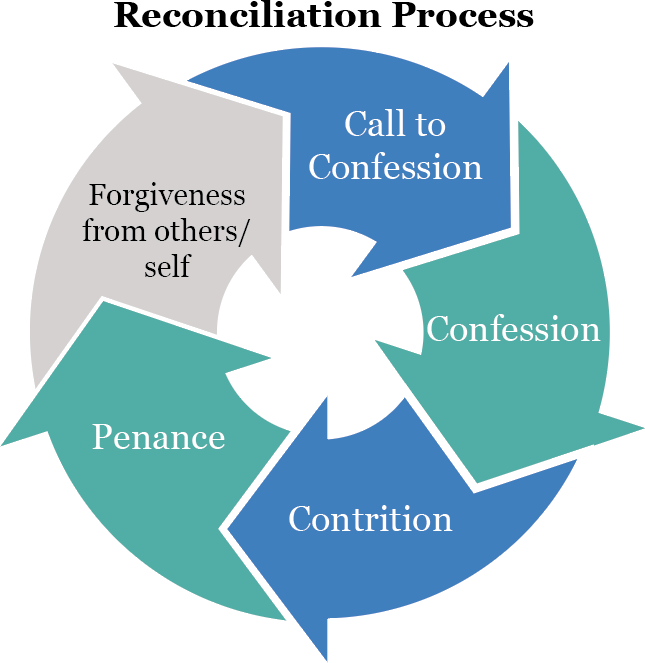
The outcomes for each stage look like the following:
Reconciliation Process
The patient realizes that their behavior is at least partially responsible for the brokenness in relationships with other people. The chaplain uses empathy to articulate how the patient’s behavior has had a negative impact on others. Rather than indulge in false contrition or shame, the patient mourns their actions that have contributed to brokenness. They acknowledge their own insensitivity to the impact of their behavior. And they commit to breaking this pattern of behavior in order to make a lasting, meaningful change.
They are able to name their part in the broken relationship with specific examples. The person expresses true remorse about these behaviors. Behavior may be an action or could also be holding some kind of unrealistic expectations of others. The patient will take new action to relate to others differently (e.g., being more active rather than passive, calling others to say what they need, having clearer/flexible emotional boundaries, rather than rigid or overly permeable ones). Finally, the patient will seek forgiveness from people with whom relationships were broken (if possible) and with a higher power (if applicable). They will seek self-forgiveness. Through this, the patient experiences reconciliation with others and with God. Patient will experience empowerment and self-agency, acknowledging that it is not worth carrying around extra resentments.
